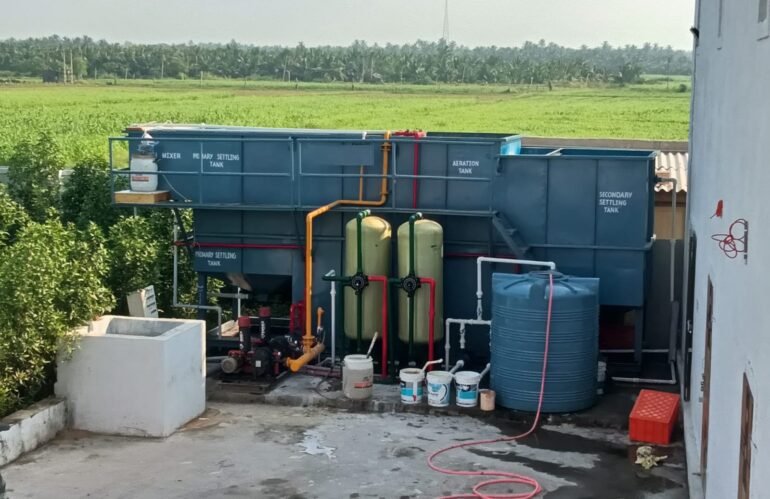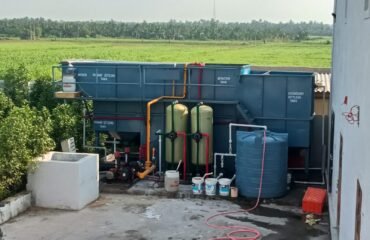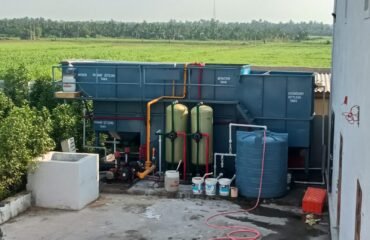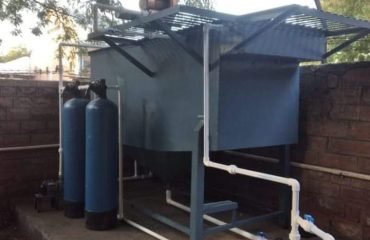Introduction
Varanasi, a historically significant city in Uttar Pradesh, India, faces increasing challenges related to wastewater management. As the population and tourism activities expand, the need for efficient sewage treatment becomes paramount. Sewage treatment plants (STPs) play a crucial role in safeguarding public health, protecting the environment, and promoting sustainable development in the region. Amrita Water Solutions, a leading provider of water and wastewater solutions, is committed to addressing the challenges and opportunities associated with sewage treatment in Varanasi.
Importance of Sewage Treatment Plants
- Public Health: Untreated sewage can contaminate water bodies, leading to the spread of diseases such as cholera, typhoid, and dysentery. STPs ensure that wastewater is treated to remove harmful pathogens, protecting public health and well-being.
- Environmental Protection: Discharging untreated sewage into rivers and lakes can cause water pollution, harming aquatic ecosystems and biodiversity. STPs help to preserve the environment by reducing the pollution load and improving water quality.
- Resource Recovery: STPs can recover valuable resources from wastewater, such as nutrients and biogas, which can be used for agricultural purposes or to generate energy.
- Tourism Development: Efficient sewage treatment is essential for attracting and retaining tourists. STPs contribute to a clean and healthy environment, enhancing the overall appeal of Varanasi as a tourist destination.
Benefits of Amrita Water Solutions
- Expertise and Experience: Amrita Water Solutions has a proven track record in designing, constructing, and operating sewage treatment plants. Our team of experts has the knowledge and experience to address the specific needs of Varanasi.
- Innovative Technologies: We employ advanced technologies and sustainable practices to ensure optimal treatment efficiency and minimal environmental impact.
- Customized Solutions: Amrita Water Solutions tailors its solutions to meet the unique requirements of each project, considering factors such as population growth, industrial activities, and local regulations.
- Comprehensive Services: We offer a comprehensive range of services, including feasibility studies, design, construction, operation, and maintenance of sewage treatment plants.
Conclusion
Sewage treatment plants are vital infrastructure components for Varanasi’s sustainable development and tourism growth. By investing in modern and efficient STPs, the city can protect public health, safeguard the environment, and enhance its appeal as a tourist destination. Amrita Water Solutions is committed to providing innovative and reliable sewage treatment solutions that meet the evolving needs of Varanasi.






